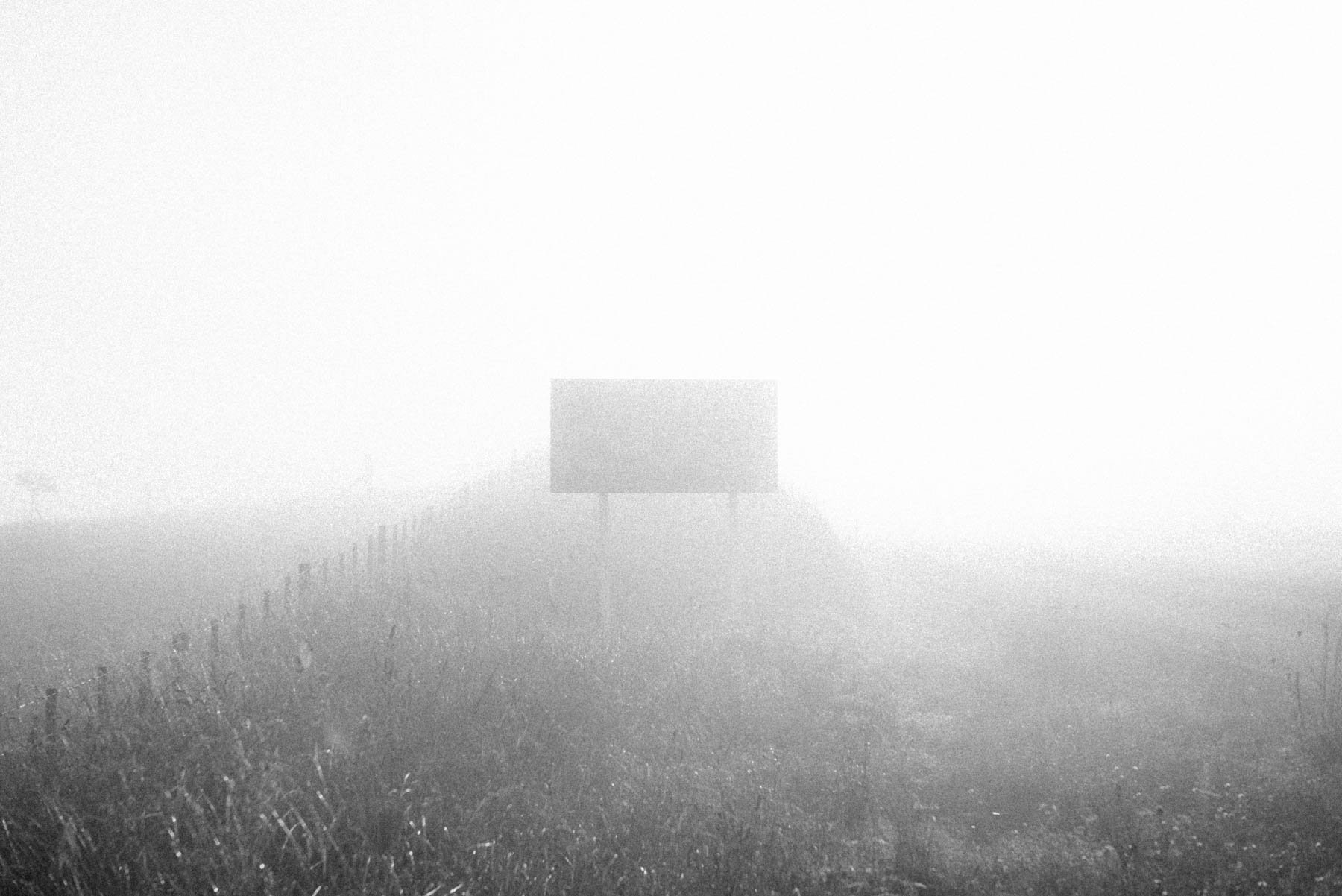
Photographing with less
Minimalism, Marie Kondo, tidying up, goodbye things, less is more. You might have heard of these things if you have ever scrolled through Netflix or Youtube. You might have even come across a few articles on social media referring to decluttering or getting rid of your stuff, or simple living. Minimalism is becoming a social movement, culturally recognised. We have a lot of items in our lives that don’t bring value (daily joy). I would like to enlighten you if I may about adopting this movement into your photography and to try photographing with less.
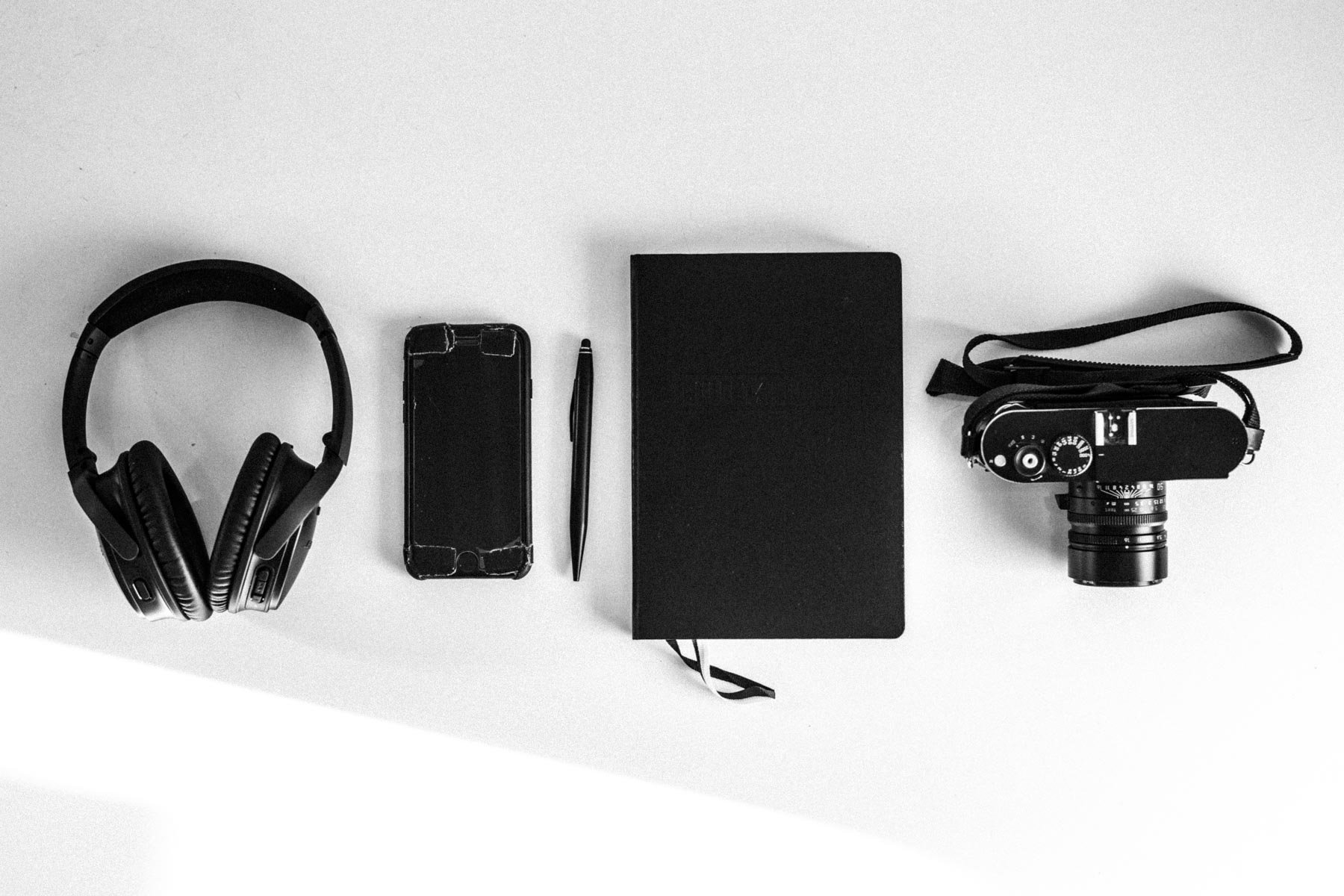
Productivity & Photography
I have two words for you Bullet Journal. Now you might be thinking what does journaling have to do with photography. One is writing and note taking, the other is making photographs and being creative. Photography takes a lot of technical know-how, as well as creativity. Creativity requires expression, ideas and a medium to showcase your thoughts and vision. Taking notes, be it in a notebook, iPhone, journal or napkin, reinforces your thoughts and ideas. Notes can help to achieve tasks. Whenever you get an idea you run the risk of losing it if you don't write it down. The Yin and Yan world of photography is left and right brain-dependent, balancing creativity and productivity, which fits perfectly with Bullet Journaling.
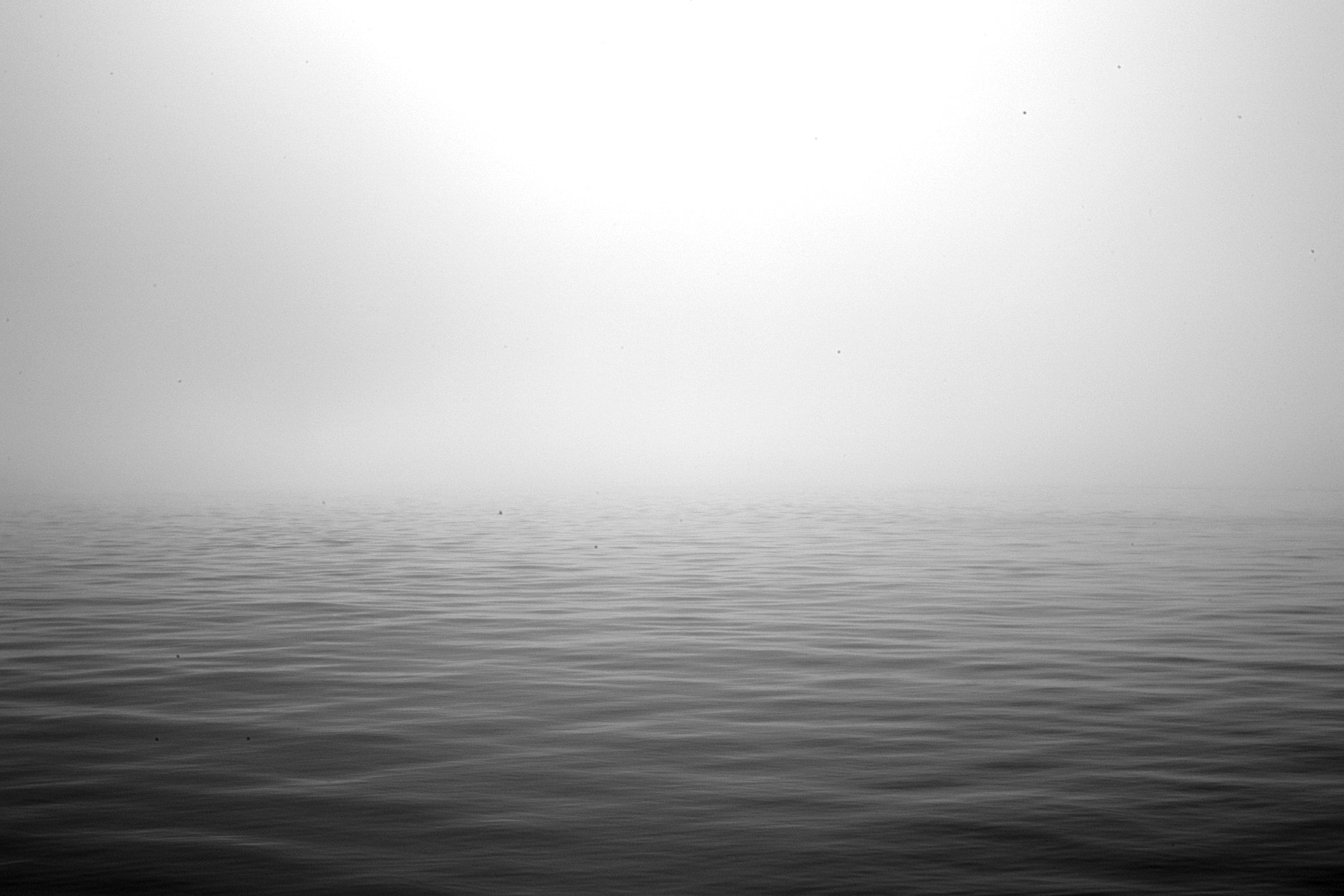
How putting down the camera made me a better photographer
Straight off the bat, this sounds counter-intuitive. After all its through practising and doing that progresses our skills as a photographer, this is true. In contrast, stepping away from the camera or putting it down, I have noticed something that wasn't there before and that skill helped improve how I photographed.
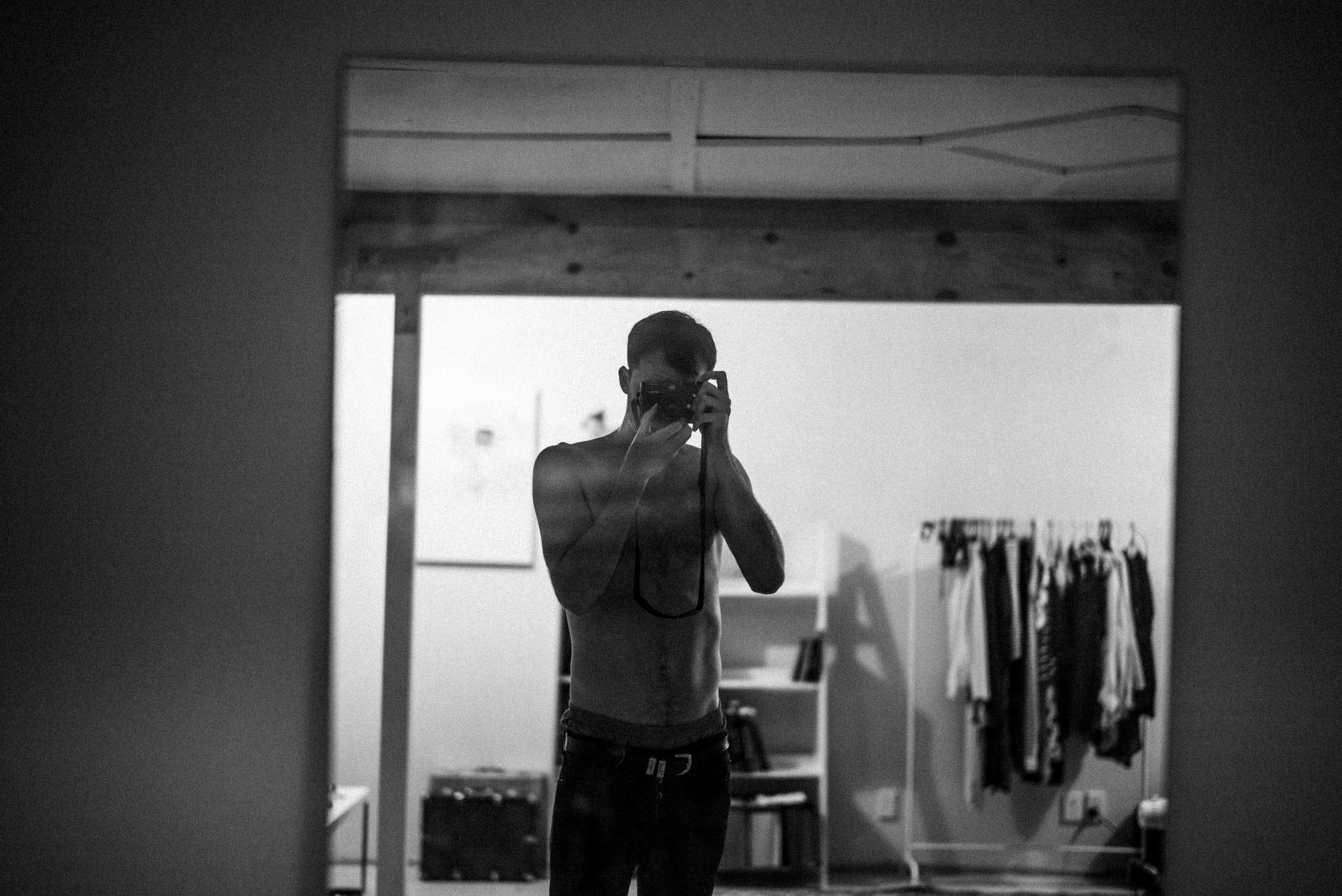
What is missing from photography
It has been bugging me for a while now, there is just something that is missing from photography. From my personal work to the majority of photographers out there. I’m talking about the photos on your feeds, be it personal to commercial. It has been bugging me and I finally found out what it is, what is missing from photography, is stories.
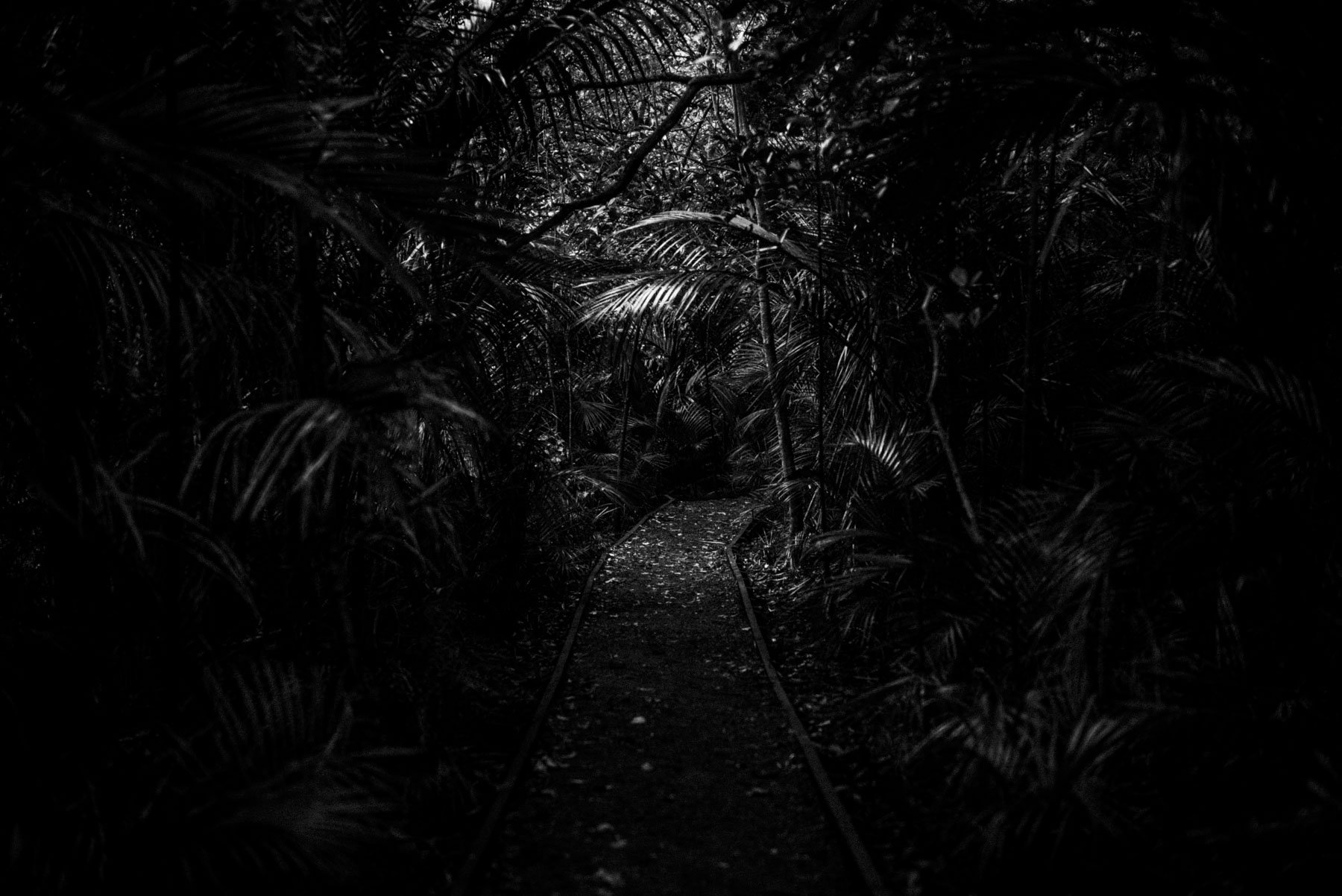
The ways of Zen photography
When most people think of the word Zen, a meditating monk in a monastery comes to mind, a practice of enlightenment, a person being in the present or someone without attachments. When I think of Zen, I think of a lifestyle that has profoundly influenced my photography practice. I would like to dive into the ways of zen photography and how it might enlighten your creative practice.
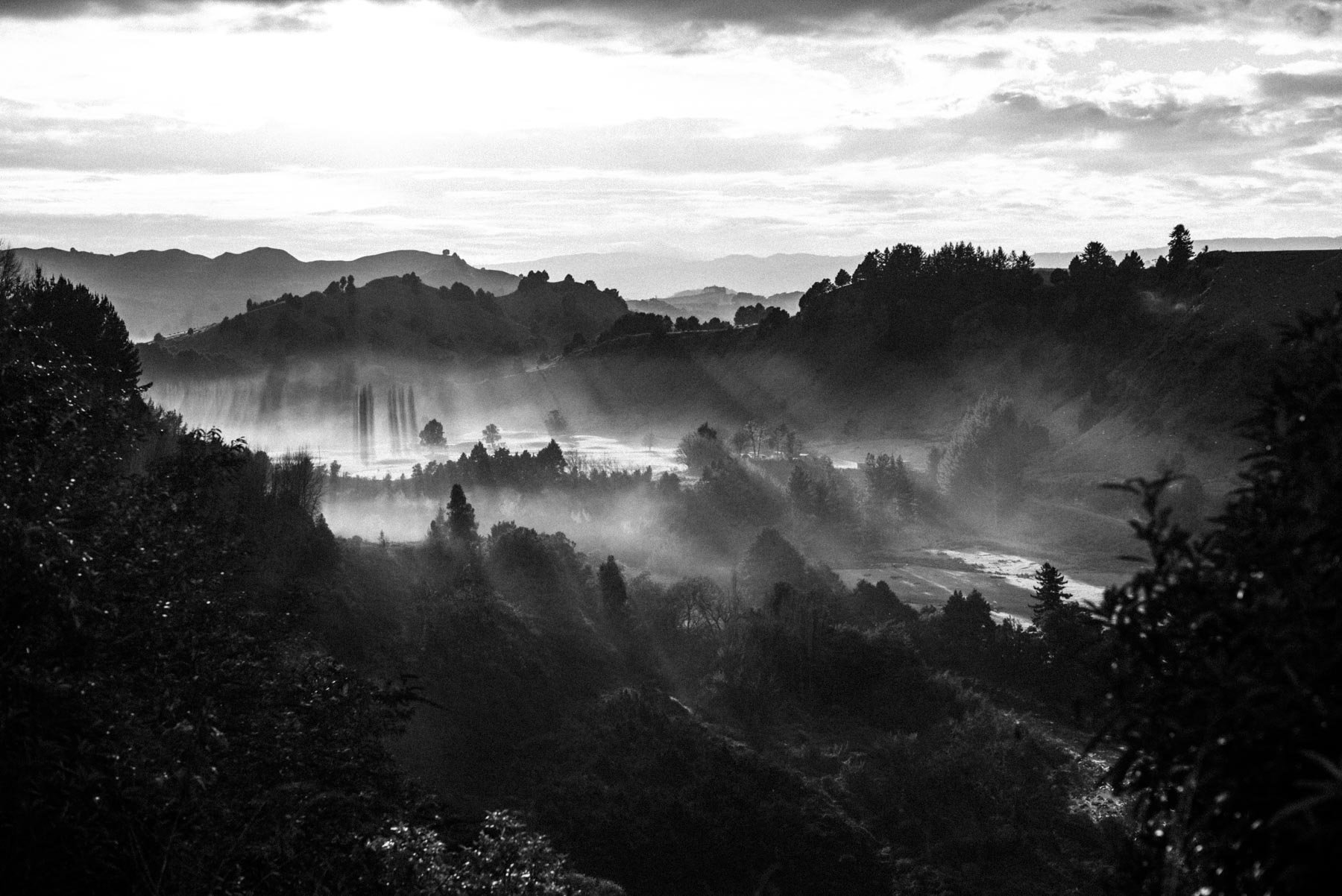
Nature for inspiration
I just read a book covering the benefits of nature and how it helps improve human health among many other claims. I’m sure many of you would question or speculate on the validity of these claims and I did too. One thing I did read that interested me, taking a walk in nature, away from the noises and sights of the city along with the absence of digital screens, improves creativity.
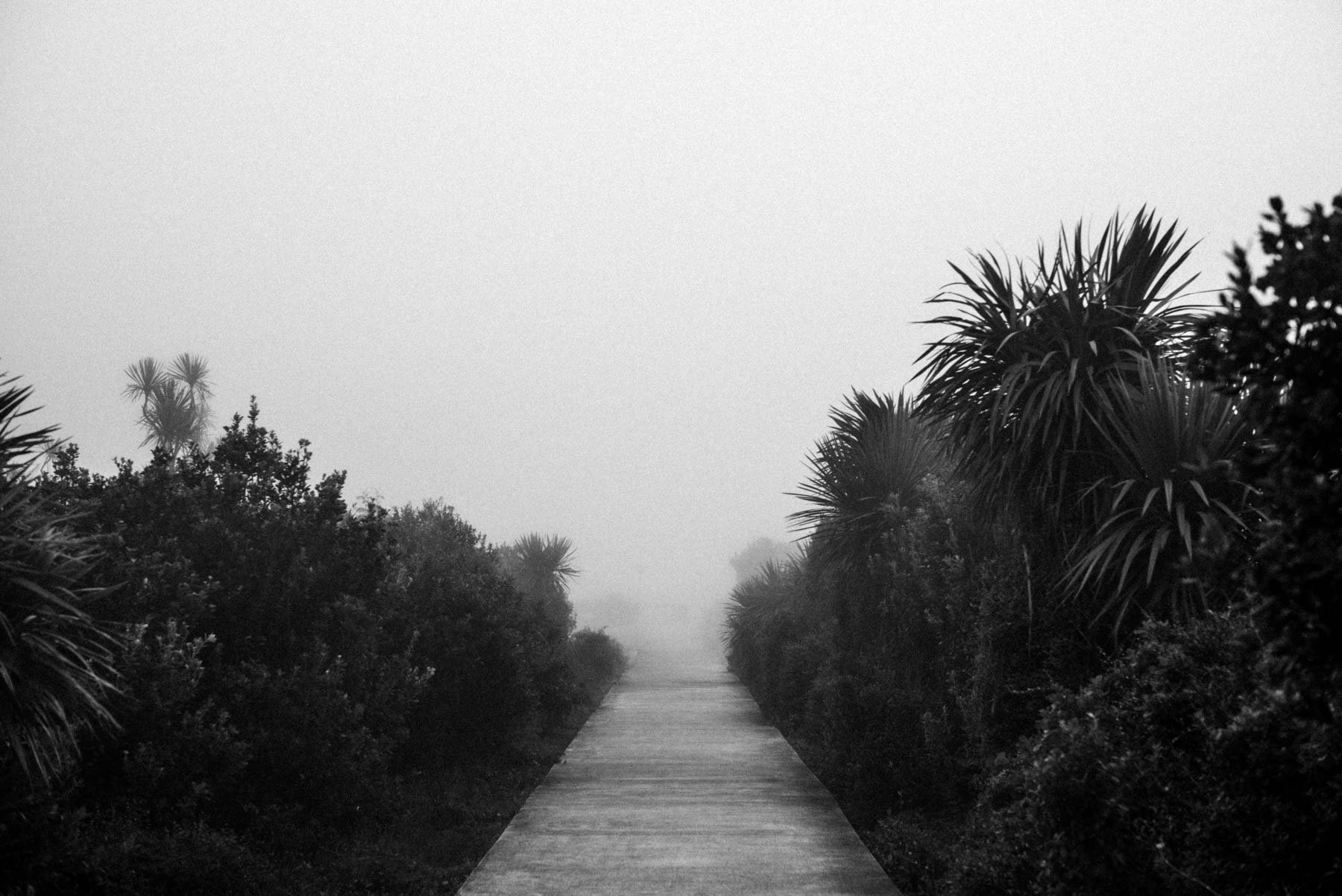
Teaching photographic style.
I’ve been thinking about photography and personal style and the different ways to teach it. I’m trying to help, share and guide people along their way in finding their unique photographic style. Seeing if I can find that quick fix, that beaten path someone else has already made for us.

1% difference
I’ve been emailed by quite a few people asking very specific questions, going into the micro of details to understand and improve their methods, process and photos. These people that have been asking me questions are intently focusing on the 1% details instead of trying to improve the fundamentals that make up 99% of a photography.
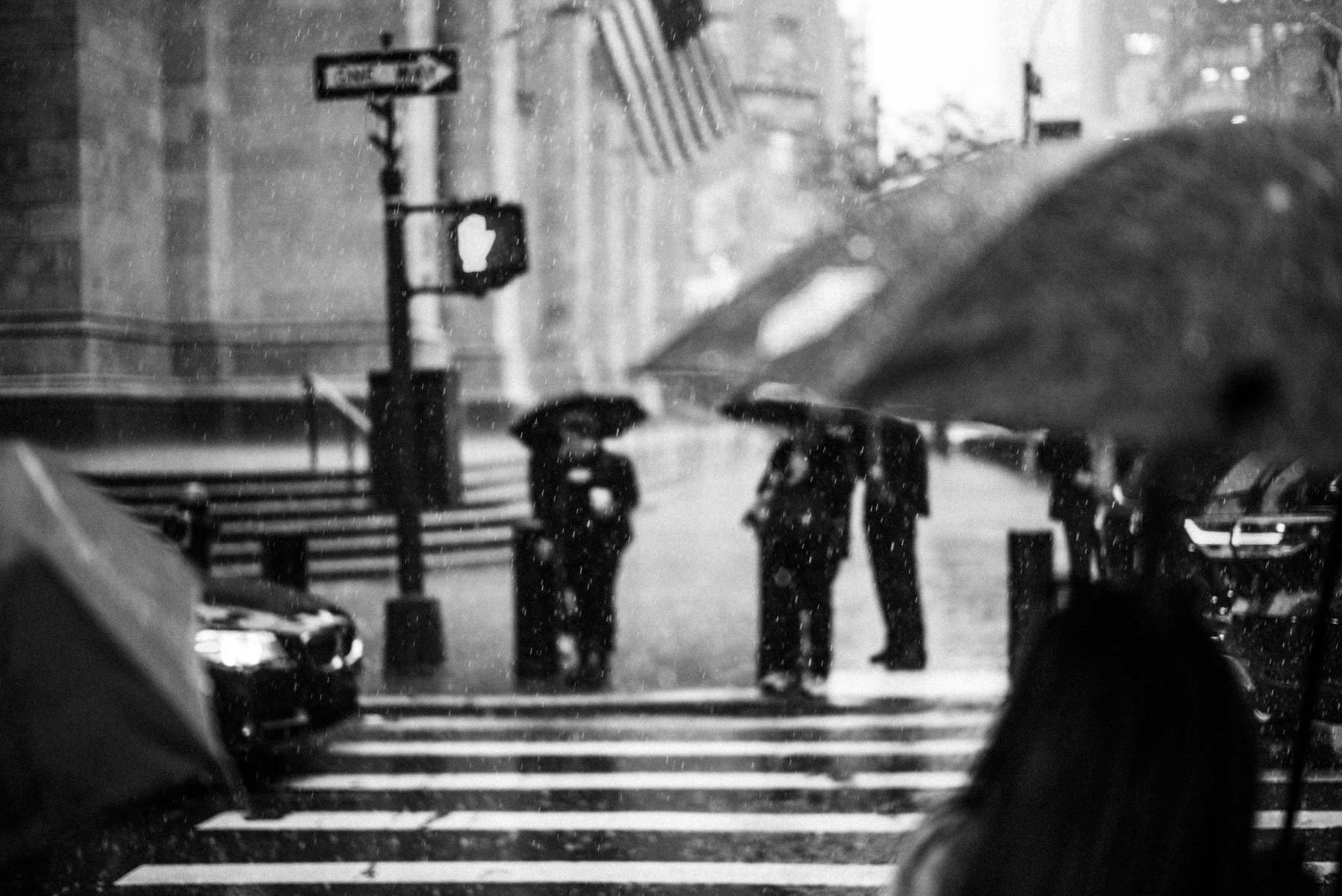
Finding your way in photography
Finding your way in photography takes a few things and many different ones. Finding your way requires your views and thoughts on the world. From past experiences that shaped how you perceive, to the minutiae discussions and advice you've chosen to take onboard. Finding your way in photography is just that, your way.
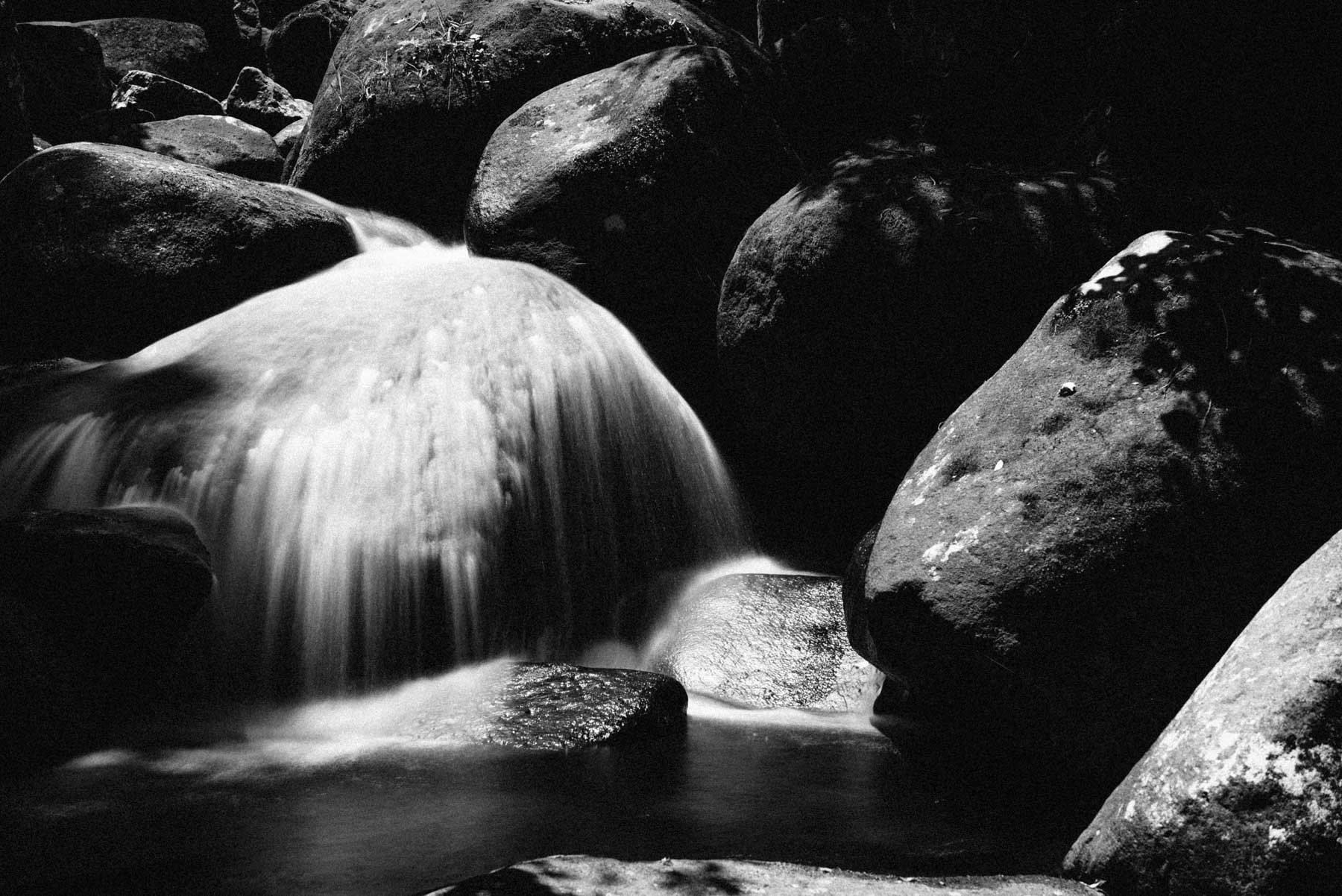
How do I find my photography style?
Finding your personal photography styleSo how do I find my photography style? Let me tell you that finding your personal photographic style is like finding Zen or the Holy Grail to photographers, it rarely happens with a quick 15-minute tutorial. For a lot of photographers, it can be a never ending struggle. I have found the key that unlocks the door to your photography style. This door, or should I say process and formula isn’t for everyone, but it worked for me and it might fast track the journey for you.
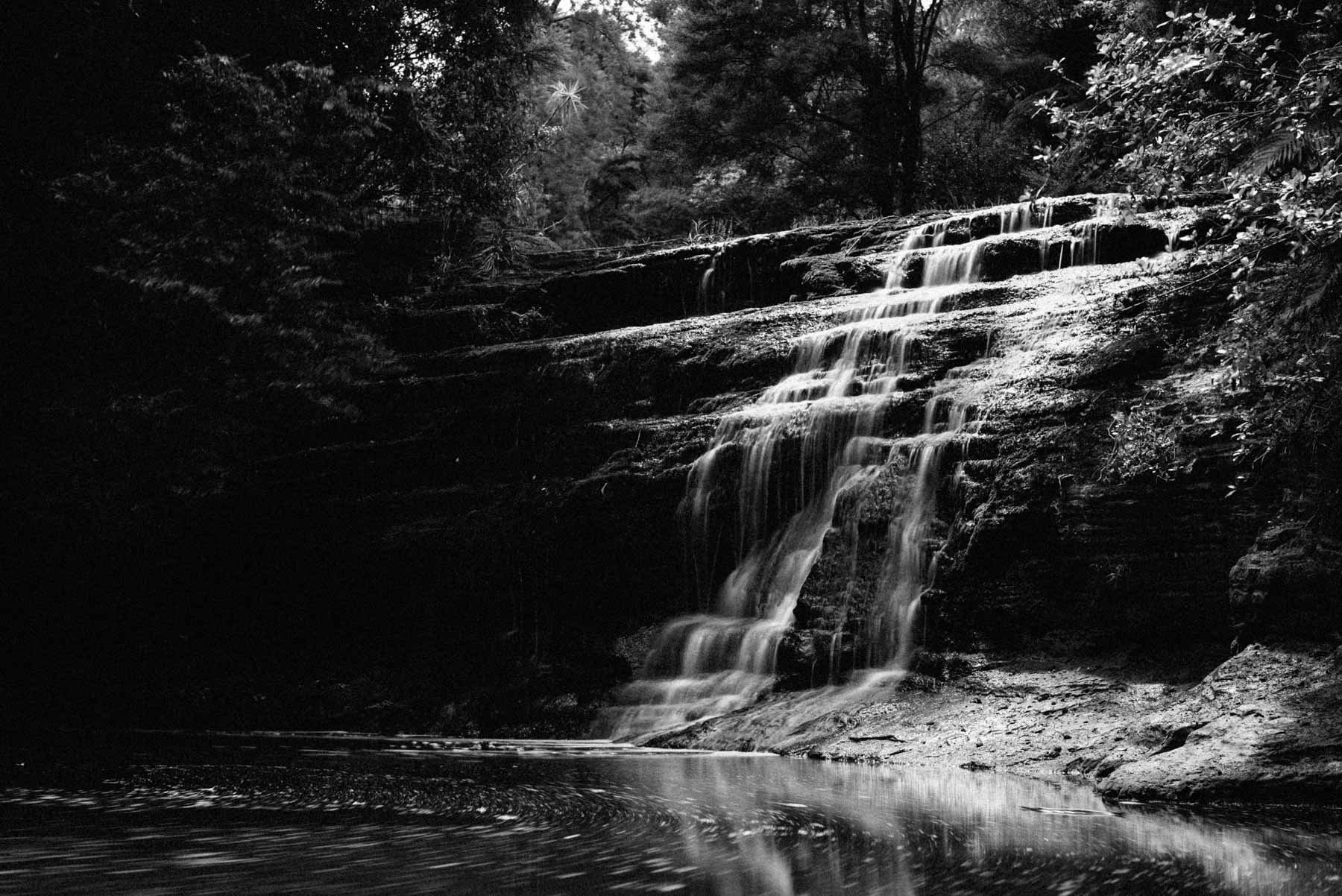
Motion in photography
Motion in photography is largely overlooked when taking a photograph in the respects of freezing time. We can do it by multiple exposures, using a longer shutter or capturing a gesture. Be it a bird, or sports figure mid-air. For me, motion in photography is captured through longer shutter speeds which record movement, a moment, or emotion expressed through abstraction. Let's dive a little deeper into how you can incorporate motion into your photography.
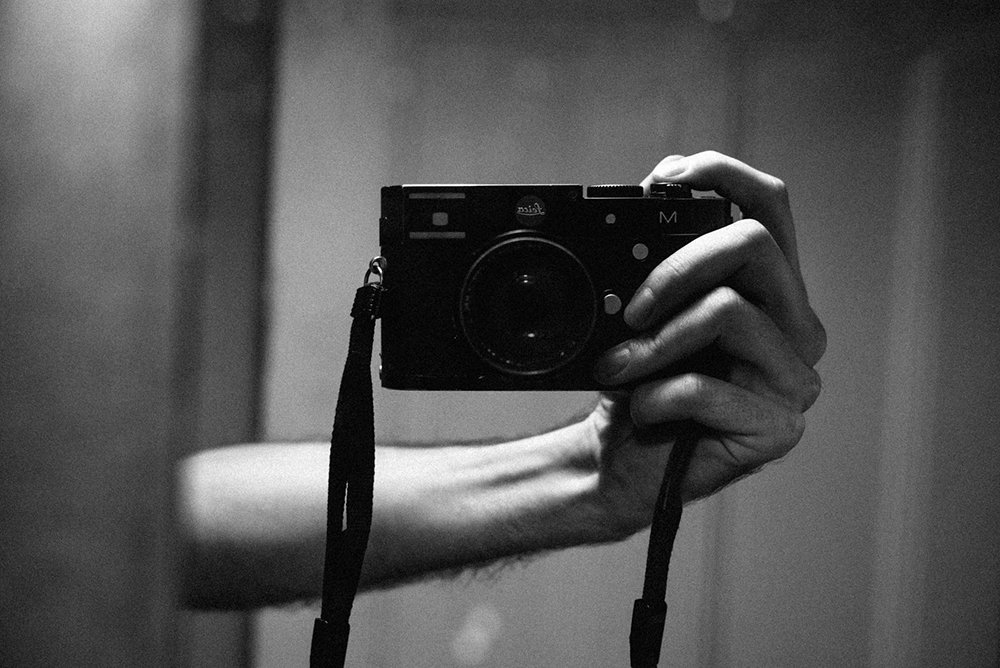
The number one challenge
One camera, one lens, one film/preset, one year. The number one photography challenge is as simple as that, and at the same time incredibly difficult as well. This challenge at the end of it, promises to change your approach and style as a photographer. I originally got the idea from David Brommer and tweaked it a little. Originally the idea was to find your style but I turned it into a way to simplify a photographers workflow, style and life.
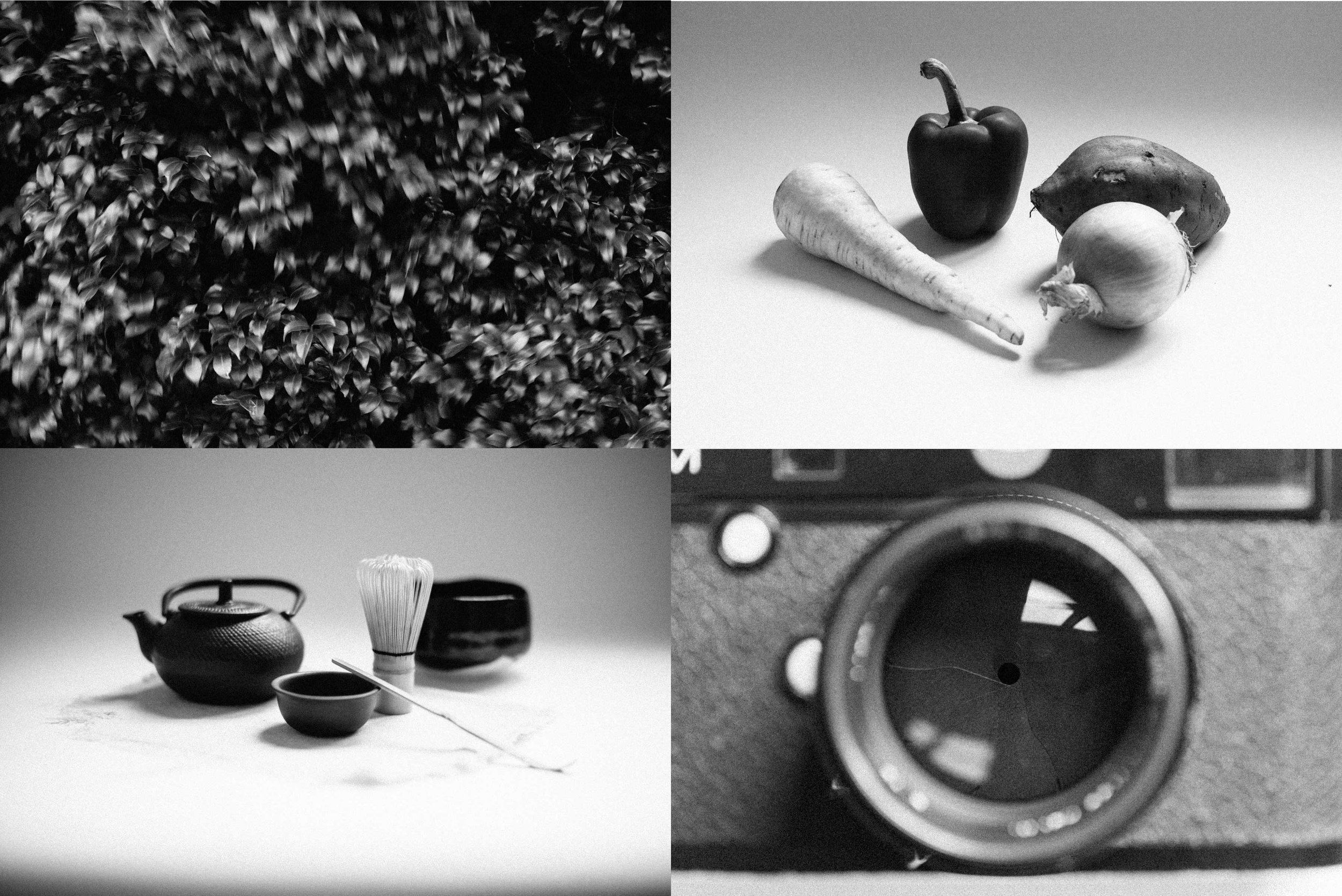
Camera fundamentals
This little post is for anyone new to photography and camera fundamentals. I will be covering the basic three fundamental functions of a camera. Every camera on the market uses Shutter speed, Aperture and ISO to control the amount of light recorded. Let's dive a little deeper into each of these functions and look at the unique qualities these settings bring to your photograph.
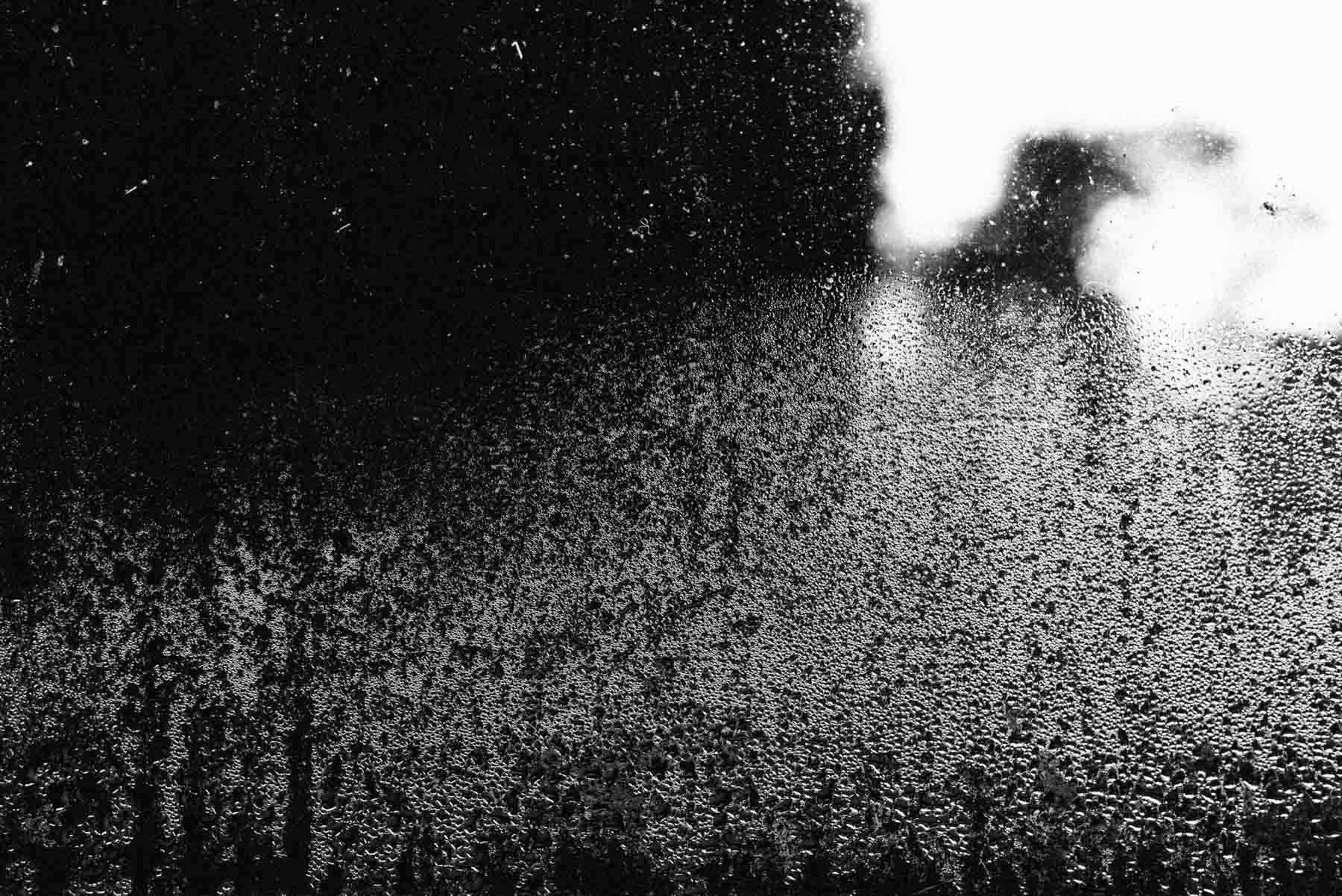
What Magnum photographers have taught me
What Magnum photographers have taught me and what I never noticed till now about Magnum photographers is how raw their photos are. The don't sugarcoat or glamorise anything. No fancy filters or post processing. Just raw images. I always thought to myself, their images aren't innovative in terms of technique, but rather captivating because of the subject matter and stories they are documenting. So what goes into making a great photograph?
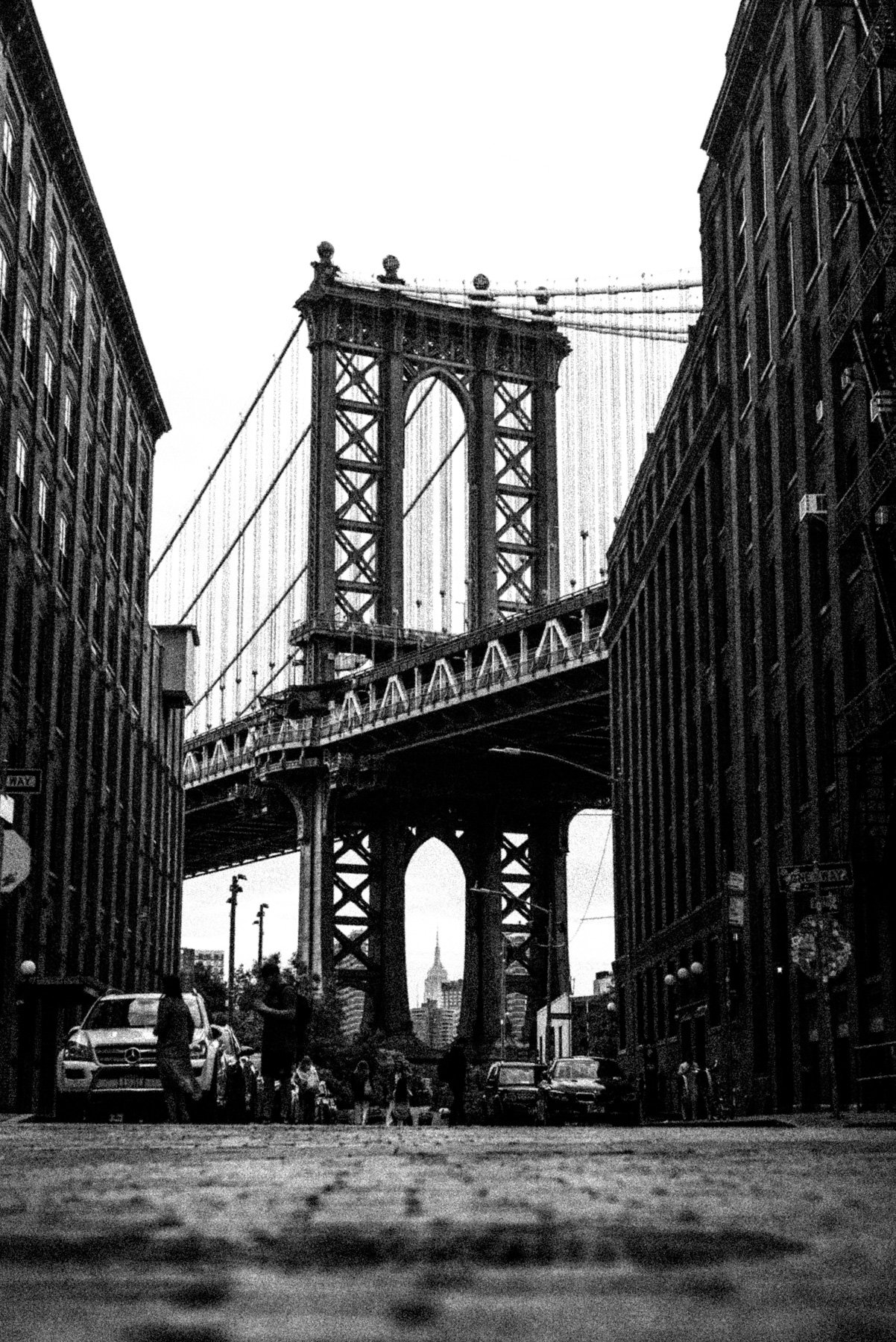
How to start in street photography
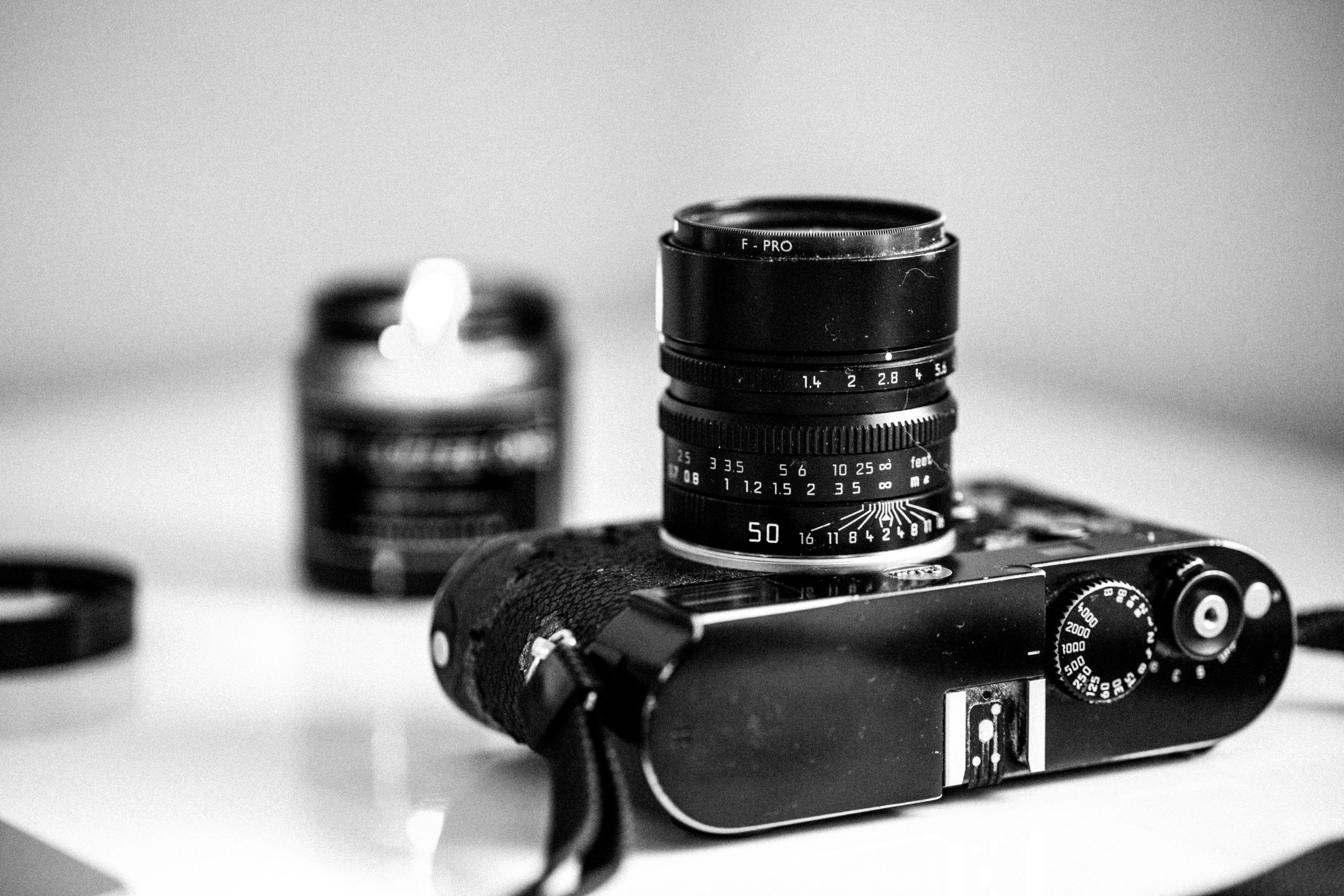
Why I only use one lens
Why I only use one lens, well after many years of experience using different lenses, I now have resorted to only using a single prime lens. I started with a 50mm then added an 85mm, 35mm, 100mm and 28mm to my collection, and I’ve played around with zoom lenses. But now I exclusively use a 50mm lens. No more zooms and no more choices. But why would I volunteer to limit myself?
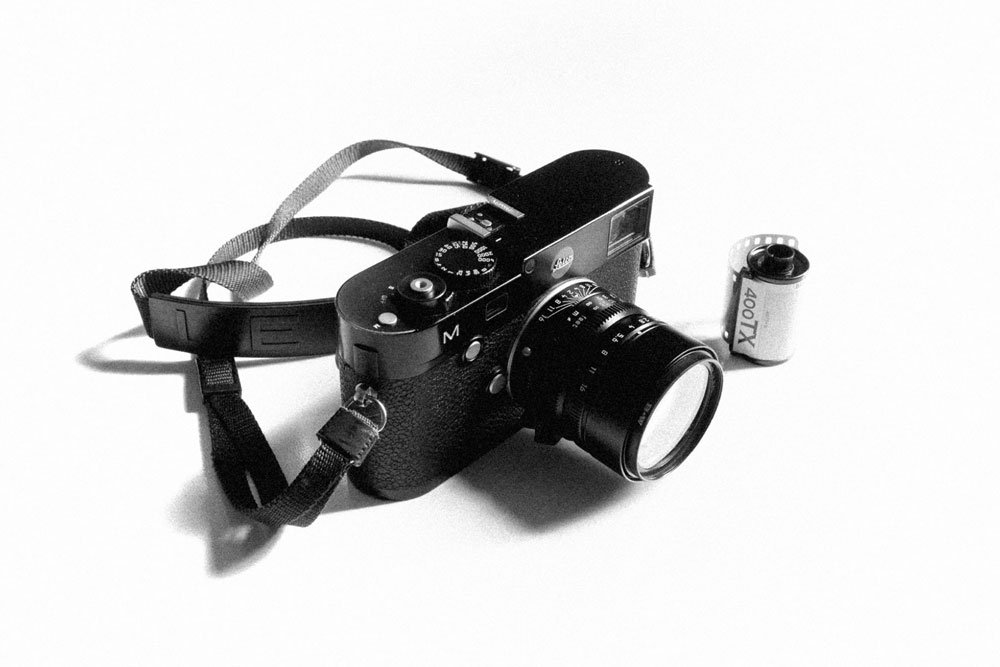
Find your Zen camera
When I talk to people about gear, what they think they need, want or have, I find that it consistently changes from person to person. Most peoples dream camera changes from year to year. So how do you get over Gear Acquisition Syndrome (G.A.S) and find your Zen camera?
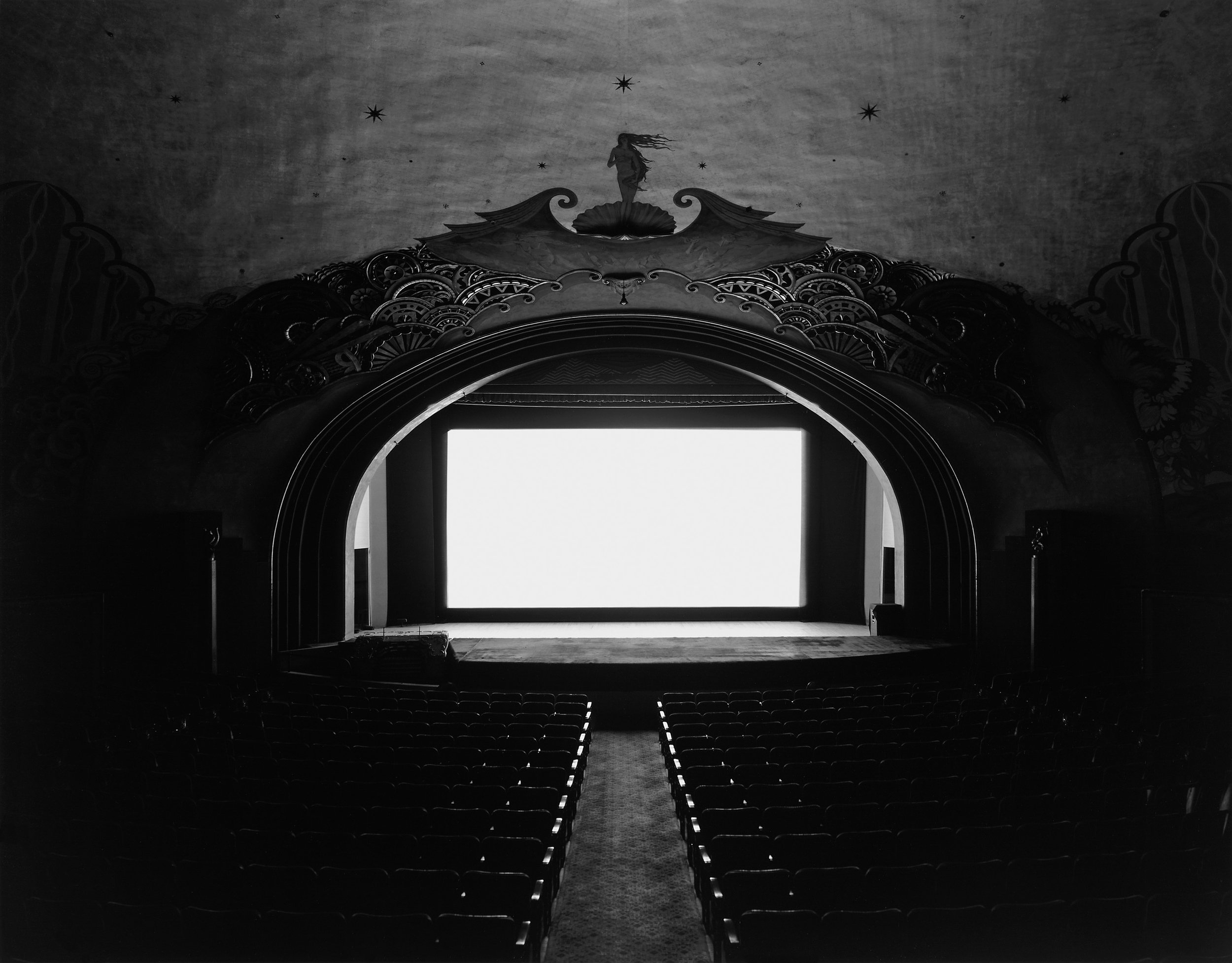
10 minimal artists you should know
Picture yourself looking at a landscape or a painting of one or two colours and you say to yourself this isn't art, I could have done that. You roll your eyes and think to yourself there is no skill, craftsmanship or story here. But you would be missing something very important if you left it at that. First off I'm not talking about minimalism as a lifestyle choose of tidying up. I'm talking about art at its most raw, simplest form.
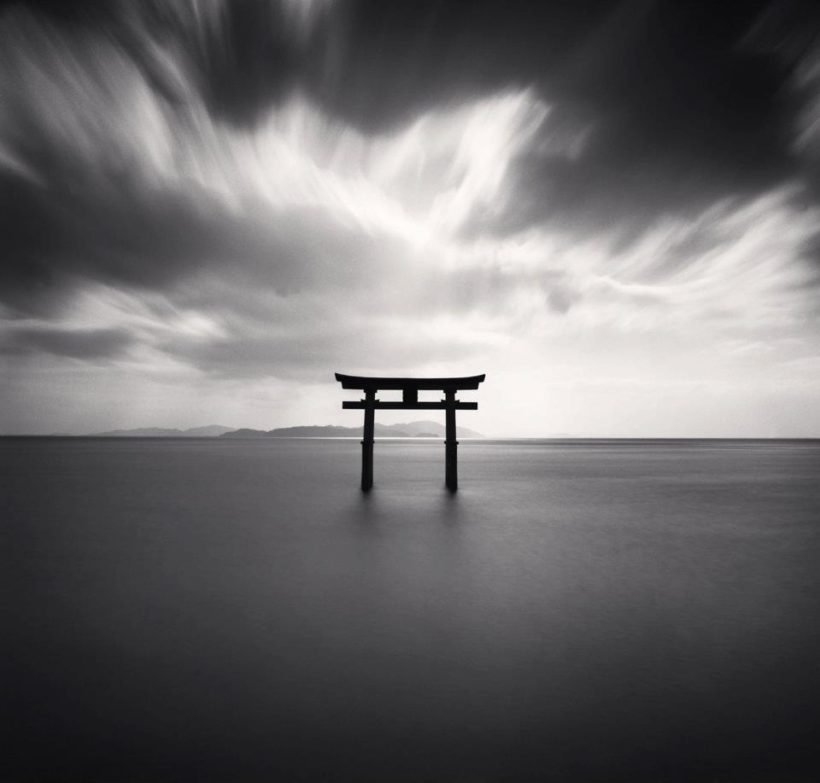
Stop ripping off Michael Kenna
To capture the aesthetic of minimalism is very hard to achieve in a world that is full of content and never ending clutter. As photographers how do we capture a scene in a minimalistic style without blatantly copying artists like Michael Kenna or Hiroshi Sugimoto?
